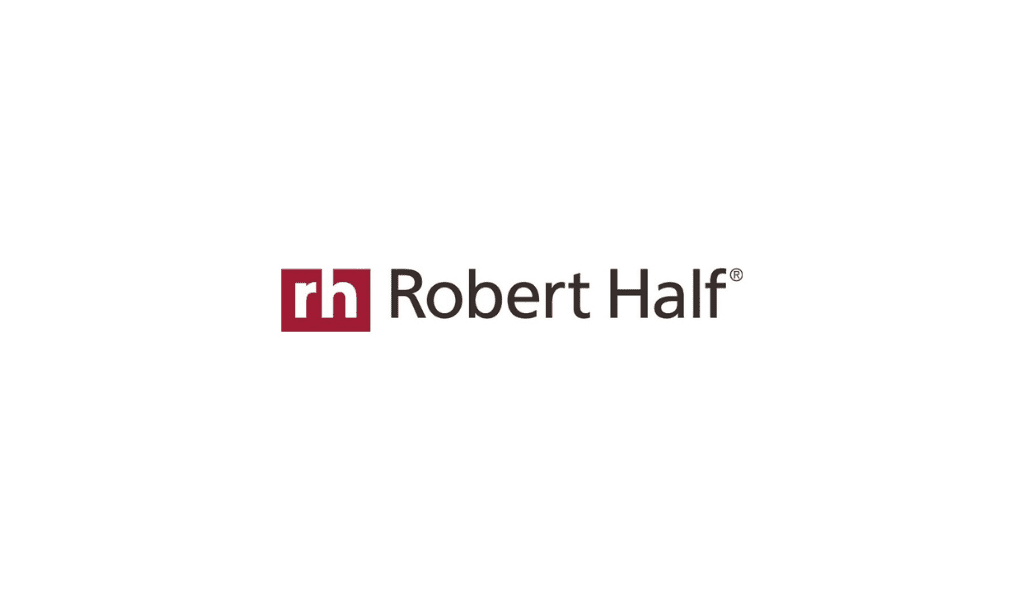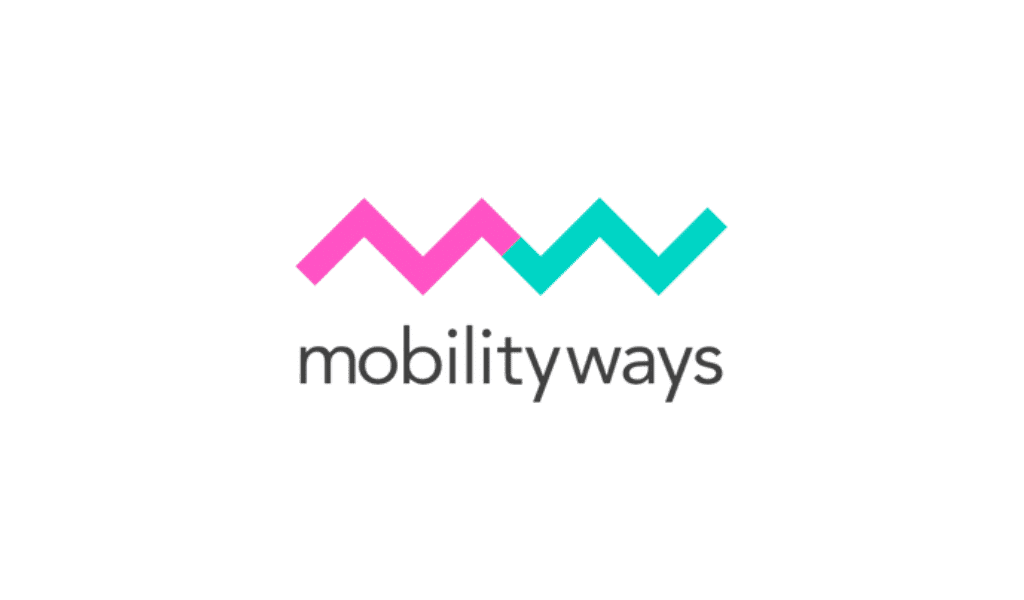Learn how one company created a blueprint to thrive in a virtual environment.
By Margaret “Maggie” Driscoll
At Blackbaud, the intention was never to be a remote-first workplace. In fact, as COVID-19 began to spread in March 2020, like most US companies, Blackbaud shut its office doors and went virtual. Employees figured they’d be back in a few weeks.
Four years later, the company is still working in a remote-first environment and has seen clear benefits.
As major corporations such as Google, Goldman Sachs, Meta, Amazon, and even Zoom mandate a return to in-person work, Blackbaud took a different path. The company’s experiences can offer a blueprint for other like-minded organizations grappling with how to move forward with remote or hybrid work policies.
When it comes to remote work in 2024, there is no one-size-fits-all answer. Companies may need different policies depending on the sector they operate in, client or customer expectations, corporate culture, and the physical distribution of their workforces. For some organizations, an in-person environment will be best. But there are compelling reasons to believe that in many cases, especially in information-based industries, fully remote work is preferable for increased productivity, enhanced talent acquisition, improved employee well-being, and overall competitiveness.
For Blackbaud, this transition was not without challenges. The company had to ensure all employees had access to necessary tools. This required investment in robust new collaboration and communication platforms. Leaders also had to rethink how to conduct a range of processes, from new hire training to manager check-ins. Plus, preserving and even enhancing company culture and a sense of community was at the forefront.
To address these challenges, the company’s north star was always employee feedback.
Blackbaud started doing an annual employee engagement survey every spring and an annual pulse survey every fall to maintain open lines of communication and gather feedback. The company especially wanted to know how employee needs changed over time as people became more accustomed to remote work.
This incremental approach continuously gathered and then incorporated feedback provided the company a clear understanding of what its employees preferred and how they were responding to the new initiatives.
At Blackbaud, 81% of employees report remote working having a favorable role in their overall well-being and 83% feel they could be their authentic selves at work.
After four years of tracking survey data, the highly positive results, while not entirely surprising, greatly surpassed expectations.
The first thing that stood out was the overwhelming enthusiasm for remote work: 81% of employees said it had a favorable role in their overall well-being; 84% said they could better balance work and personal life; and 83% felt they could be their authentic selves at work.
The reduction in commuting and office distractions also led to measurable efficiency improvements. Product and engineering teams increased their output, while sales and support teams reported simultaneous gains in efficiency. Employees were still responsible for hitting performance goals while delivering results aligned to the company’s values.
Remote-first work also significantly broadened Blackbaud’s talent pool. Applications to open roles increased by over 50% in four years, with employees now working across all 50 states and in the multiple countries where the company operates. This geographic diversity supports Blackbaud’s overall mission, enhancing its ability to attract, develop, and retain talent and to serve its global customer base.
Blackbaud also began to prioritize in-person meetups, both at the team level and also regionally, ensuring in-person face time among direct team members and even among those staff who wouldn’t typically interact even if they were working full time in an office.
While every company and situation is unique, Blackbaud’s experience over the last four years offers several important lessons for those interested in transitioning to remote-first work.
-
Listen to employees. Regularly solicit, acknowledge, and act on employee feedback to ensure policies meet their needs. This may be the most important factor in a successful remote or hybrid work policy. Transparently communicate what the company is hearing from employees and clearly demonstrate how feedback is being addressed.
-
Embrace flexibility. Be willing to pivot strategies based on what works best for the workforce and company needs. What works in year one of the transition may not work in year five.
-
Invest in technology. Infrastructure is needed to support collaboration. Platforms like Google Workspace, Microsoft Teams, Slack, Zoom, and other platforms make it easier for employees to work efficiently and to connect with each other, regardless of location.
-
Foster community. Develop initiatives to maintain a strong company culture and community. Whether it’s a quarterly or yearly in-person all-hands meeting, optional regional meetups, or even group volunteering days, opportunities for face-to-face interactions are critical.
-
Commit to continuous improvement. Regularly evaluate and refine remote work strategies to enhance effectiveness and satisfaction.
Blackbaud’s remote-first experience points to a future of work where, for many companies, physical location is no longer a primary organizing function. Today, by listening to employee needs, investing in the right connecting technology, and prioritizing culture through in-person interactions, companies and their employees can not only successfully navigate the challenges of remote or hybrid work, but thrive.
Margaret “Maggie” Driscoll is chief people and culture officer at Blackbaud.















